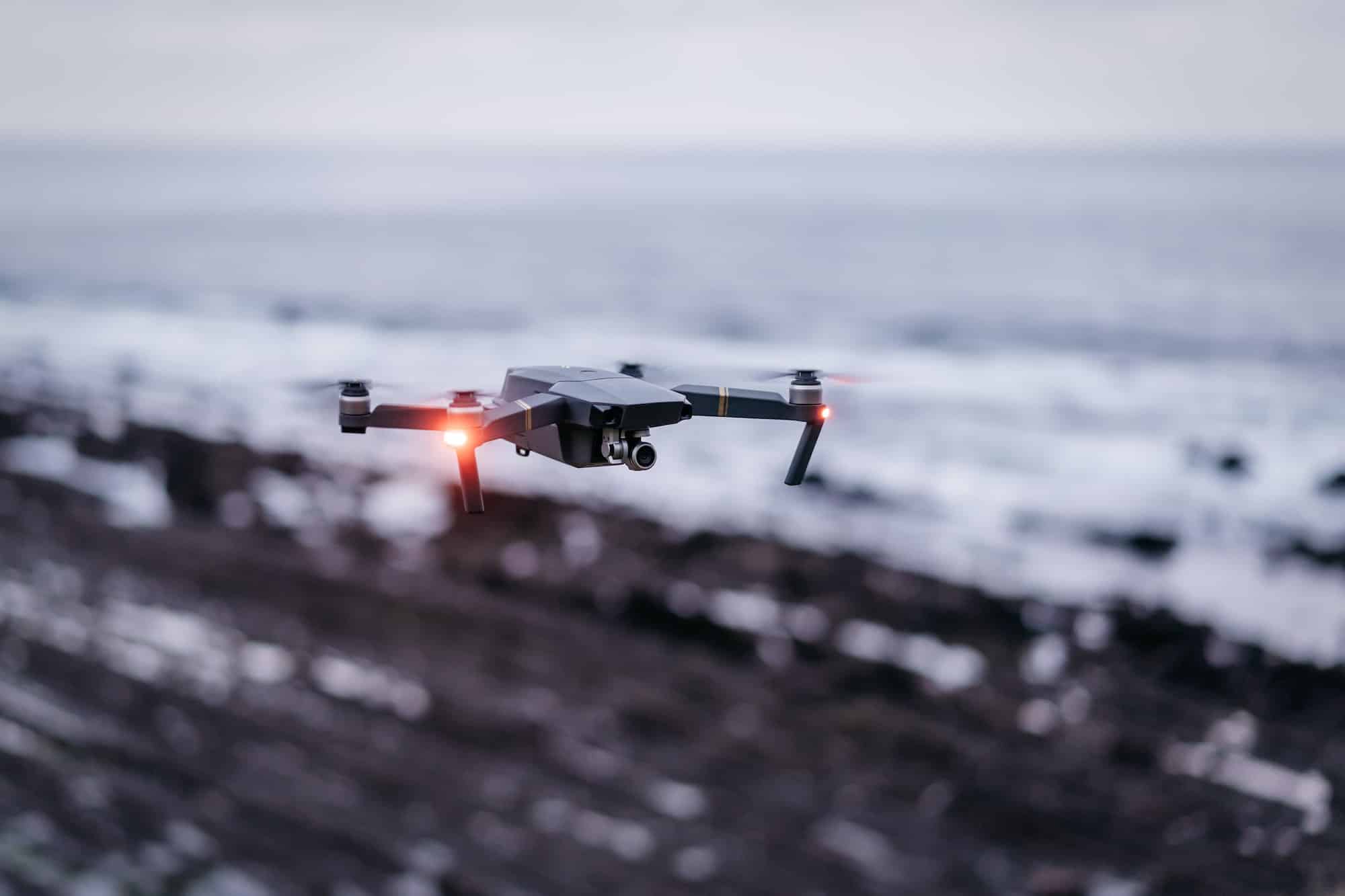How Are Thermal Imaging Cameras Being Incorporated into Hobby Drones?

As a revolutionizing force in modern technology, drones have immensely transformed various sectors in today’s dynamic world. With sophisticated features like GPS, high-resolution cameras, and long-range capabilities, drones or Unmanned Aerial Vehicles (UAVs) offer a broad spectrum of applications. Now, with the advent of thermal imaging cameras, drones are experiencing an even more significant evolution. These cameras are enhancing drones’ capabilities, pushing them beyond mere recreational devices into useful tools in fields such as search and rescue, wildlife research, energy efficiency audits, and law enforcement. Let’s delve deeper into how thermal imaging cameras are being incorporated into hobby drones.
Integration of Thermal Imaging Cameras in Drones
Thermal imaging is a powerful technology that utilizes infrared radiation to capture images based on heat emissions from objects. By detecting differences in temperature, thermal cameras can provide clear, high-contrast images, regardless of lighting conditions.
Sujet a lire : What Are the Best Techniques for Capturing Professional Quality Drone Footage?
Drone manufacturers, such as DJI, have been proactive in incorporating thermal cameras into their drone designs. The DJI Zenmuse XT2, for instance, is a dual-sensor thermal imaging solution built for drones. It combines the capabilities of visual and thermal imaging, offering high-resolution images during the day and heat-sensitive imaging at night.
The process of integrating thermal imaging cameras into drones involves attaching the camera to the drone body, usually at the front or beneath it. The camera is then connected to the drone’s control system, enabling it to be maneuvered and managed during flight.
A lire en complément : How Are Drones Being Used for Personal Land Surveying and Mapping?
Technological Aspects of Thermal Cameras in Drones
Thermal imaging technology in drones is revolutionizing not just the way drones operate but also how they are utilized. Thermal cameras are significantly more sophisticated than conventional visible-light cameras. They capture the infrared radiation emitted by all objects, which varies with temperature. This ability to detect heat makes thermal cameras ideal for use in low-light or no-light conditions.
It’s important to note that the range of thermal cameras in drones varies based on the model and brand. Some offer a range of a few hundred meters, while others equipped with advanced lenses can cover several kilometers. The DJI Zenmuse XT2, for instance, can detect a human from up to 1 kilometer away.
Applications of Drones with Thermal Imaging Cameras
The use of thermal cameras in drones is gradually transforming various industries and sectors. In search and rescue missions, for example, thermal drones can detect the heat signatures of lost individuals or stranded animals, even in challenging weather conditions or during the night.
In the energy sector, thermal drones are used for energy efficiency audits. They can detect heat leaks in buildings and infrastructure, enabling energy companies to address these issues promptly. Similarly, in law enforcement, thermal drones are used to monitor large crowds or track suspects during the night.
Moreover, thermal drones are also proving to be instrumental in wildlife research. Researchers use these drones to monitor wildlife, particularly nocturnal animals, without disturbing their natural behavior. The thermal cameras can detect the heat signatures of animals, providing clear images even in the dark.
The Future of Drones with Thermal Imaging Cameras
As thermal imaging technology continues to advance, so will the capabilities of drones equipped with these cameras. Future drones will likely feature more advanced thermal imaging cameras with higher resolutions, broader range, and more precise temperature detection.
One area of potential development is in the integration of artificial intelligence (AI) with thermal imaging. AI algorithms could be used to analyze thermal images in real time, identifying patterns and anomalies that might be missed by the human eye. This could significantly enhance the capabilities of thermal drones in search and rescue, wildlife monitoring, and other applications.
Moreover, future thermal drones might also feature more robust flight capabilities, including longer flight times and greater resistance to adverse weather conditions. This would extend their operational capabilities, making them even more versatile in a range of settings.
The incorporation of thermal imaging cameras into hobby drones is becoming increasingly prevalent. This trend not only highlights the impressive advancements in drone technology but also indicates the potential future transformations that this technology might bring. While the current applications of thermal drones are already significant, the future holds even more promise.
Advanced Features of Thermal Imaging Cameras in Drones
The most exciting aspect of thermal imaging technology is arguably its versatility. The benefits and functions of thermal cameras extend far beyond just providing a clear image in low light.
For instance, thermal cameras can "see" in complete darkness. Unlike traditional cameras, they do not need any light to produce an image because they detect heat rather than light. This feature of thermal imaging is called night vision. It is an essential function in many applications, such as law enforcement, search and rescue, and wildlife monitoring.
Drones with these night vision cameras, often referred to as thermal drones, essentially become the eyes in the night. The DJI Mavic 2 Enterprise Dual and DJI Matrice 200 series, for example, are equipped with night vision cameras. These thermal drones can operate efficiently in the dark, providing clear, detailed images regardless of light conditions.
Another interesting feature of thermal imaging cameras is their ability to measure temperature. They can detect the exact temperature of a specific area in the image. This feature is particularly useful in precision agriculture, where farmers can use thermal drones to monitor the health of their crops.
Lastly, thermal cameras can see through smoke. This makes thermal drones invaluable in firefighting efforts, where they can help locate hotspots and people trapped in smoke-filled environments.
Conclusion: The Growing Impact of Thermal Imaging Cameras in Drones
As drone technology continues to evolve, the importance of thermal imaging cannot be overstated. With the inclusion of thermal cameras, drones are no longer just flying machines; they are advanced tools capable of providing critical data and insights.
From night vision to temperature measurement and beyond, the capabilities of thermal drones are vast. The DJI Mavic 2 Enterprise Dual, DJI Zenmuse XT2, and DJI Matrice 200 series are just a few examples of drones that incorporate this game-changing technology.
More and more hobbyists are also starting to explore the potential of thermal drones. While these devices are more expensive than regular drones, their added benefits, in terms of imaging capabilities and performance in low light conditions, make them a worthy investment.
Looking forward, advancements in infrared cameras, improvements in flight time, and the integration of AI will undoubtedly propel the thermal drone industry to new heights. As we continue to explore the possibilities of this technology, one thing is certain: thermal imaging cameras are reshaping the way we use drones.
Indeed, the introduction of thermal imaging in drones marks a significant step forward in UAV technology. It is not just about capturing stunning aerial footage anymore; with thermal imaging, drones can now serve as powerful tools in numerous fields, opening up new possibilities and opportunities. The future is bright for thermal drones, and we can’t wait to see what’s next.
